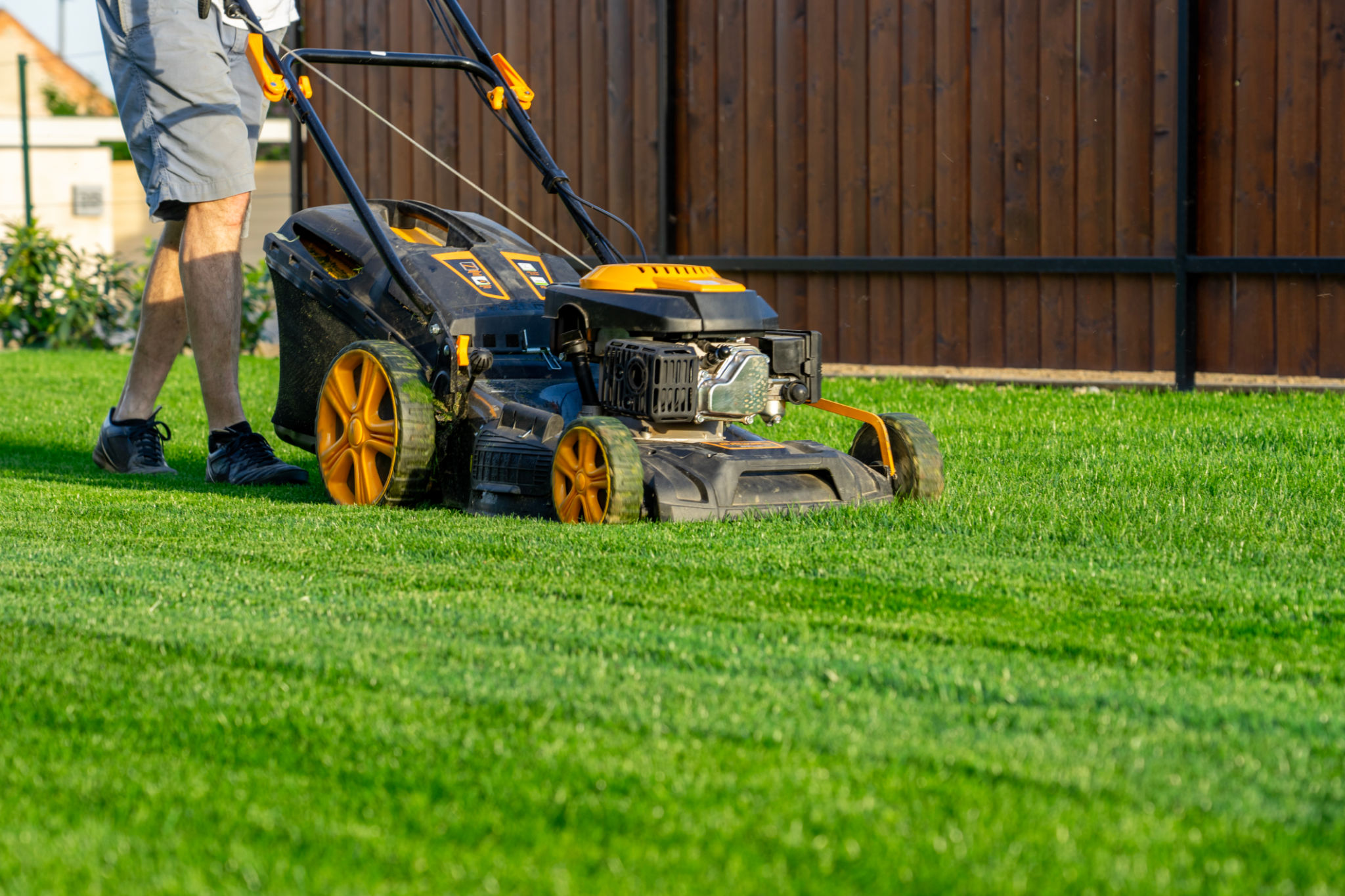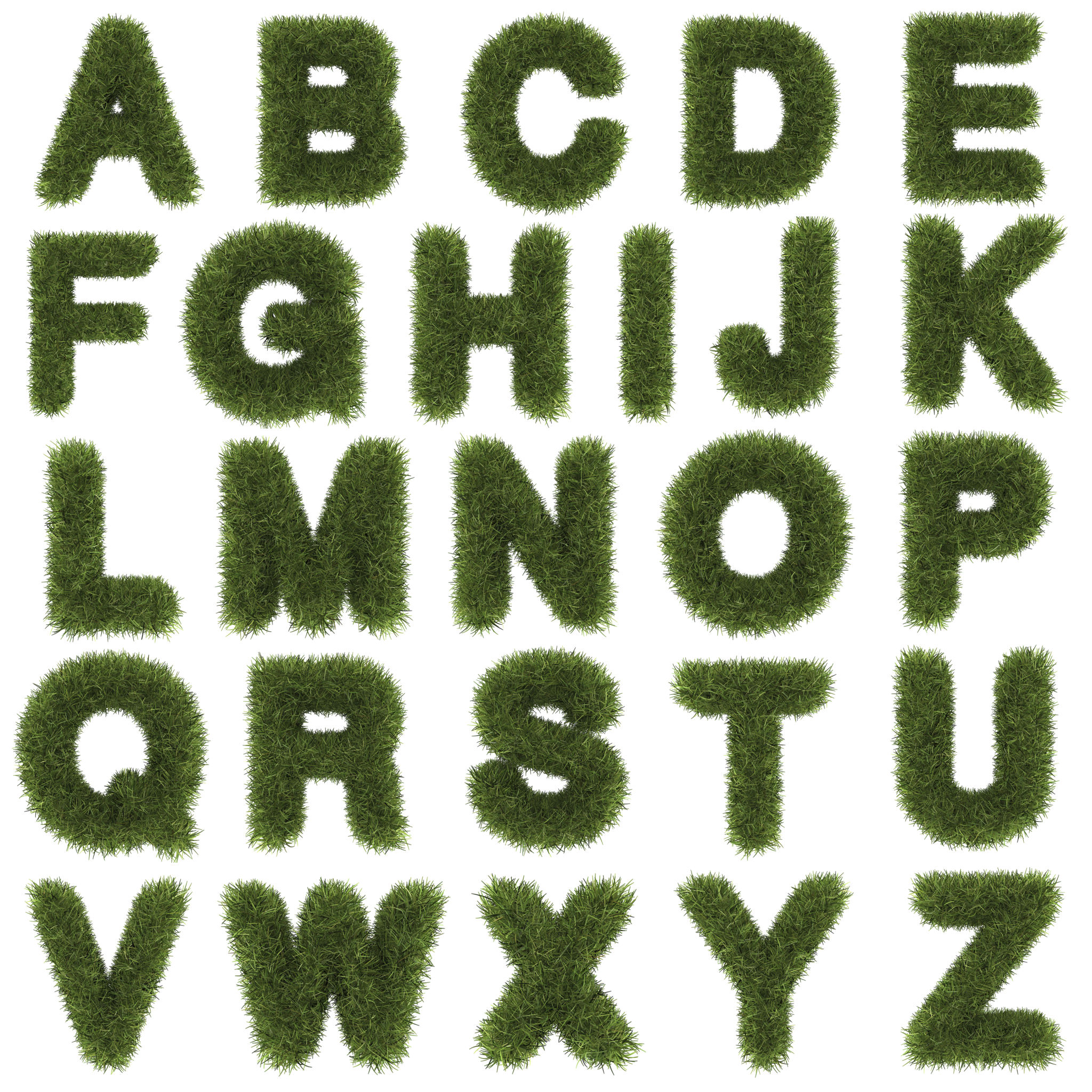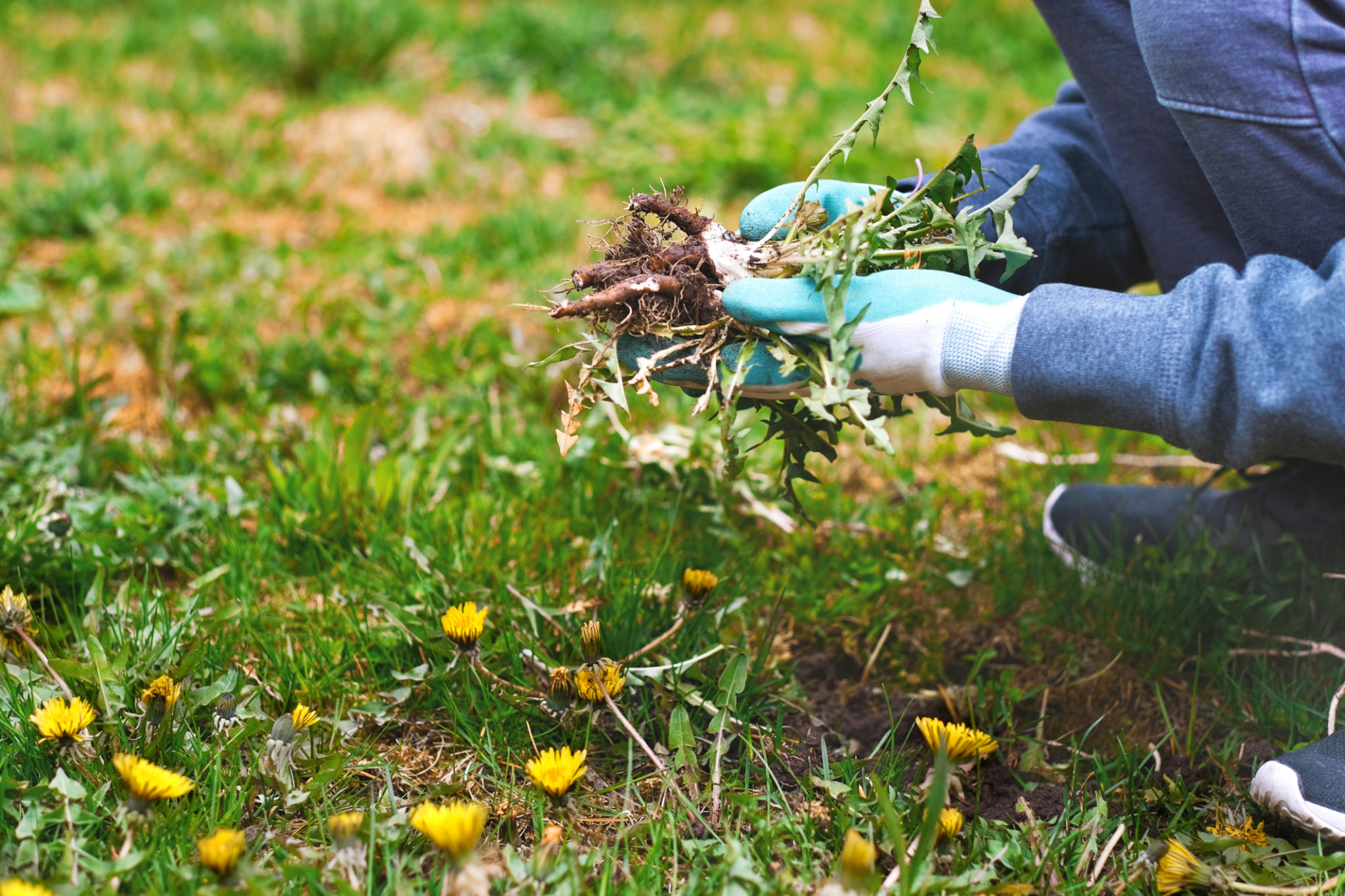Common Lawn Care Myths Debunked: What Lancaster Homeowners Should Know
Understanding the Basics of Lawn Care
Lawn care is essential for maintaining a beautiful and healthy outdoor space, but many homeowners in Lancaster are often misled by common myths and misconceptions. These myths can lead to improper lawn care practices, resulting in less-than-desirable lawns. In this blog post, we will debunk some of these myths and provide you with the correct information to keep your lawn lush and green.

Myth 1: Watering Daily is Necessary
One of the most common myths is that daily watering is necessary for a healthy lawn. In reality, less frequent but deep watering is more beneficial. Watering deeply encourages roots to grow deeper into the soil, making your lawn more drought-resistant. Aim to water your lawn about 1 to 1.5 inches per week, including rainfall.
Myth 2: Cutting Grass Shorter Means Less Mowing
While it might seem like cutting your grass shorter will reduce the frequency of mowing, this practice can actually harm your lawn. Mowing too short weakens grass plants and makes them more susceptible to weeds and diseases. It's best to follow the "one-third rule": never remove more than one-third of the leaf blade in a single mowing session.

The Truth About Fertilizers
There's a misconception that more fertilizer equals a healthier lawn. However, over-fertilizing can lead to excessive growth, increased thatch, and even damage to your grass. It's important to use fertilizers as directed and choose the right type for your specific grass species and soil conditions.
Myth 3: All Grasses Are the Same
Another common myth is that all grasses require the same care. In Lancaster, you might encounter various grass types such as Kentucky bluegrass, fescues, and ryegrasses, each with unique needs. Understanding your grass type will help you tailor your care practices for optimal health and appearance.

The Role of Aeration and Thatch Control
Many homeowners overlook the importance of aeration and thatch control in lawn care. Aeration involves perforating the soil to allow air, water, and nutrients to penetrate grassroots. This process helps alleviate soil compaction and promotes healthier lawns. Similarly, controlling thatch—an interwoven layer of organic matter—prevents it from becoming too thick and suffocating your lawn.
Myth 4: Weeds Indicate Poor Lawn Health
While weeds are often seen as a sign of poor lawn health, they can appear even in well-maintained lawns due to external factors like wind-blown seeds. Regularly mowing, proper fertilization, and maintaining healthy grass can reduce weed invasion. If weeds persist, targeted treatments may be necessary.

Embrace the Knowledge
By debunking these common lawn care myths, Lancaster homeowners can adopt better practices for maintaining their lawns. Remember, effective lawn care is not about following popular beliefs but understanding the specific needs of your lawn and environment. With this knowledge, you can enjoy a thriving and beautiful outdoor space all year round.
